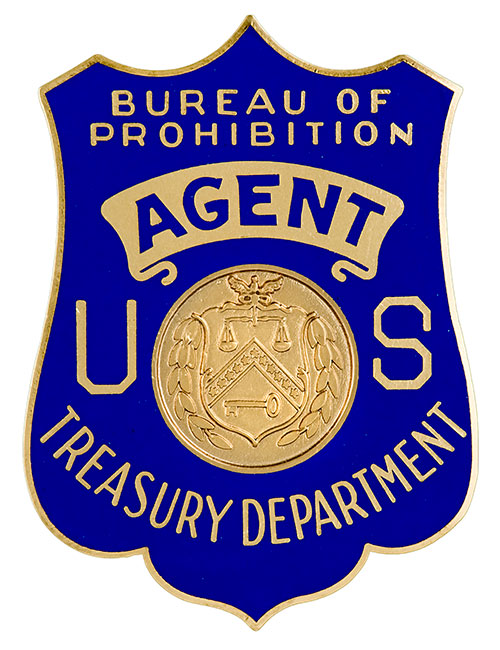The Temperance Movement Gains Momentum
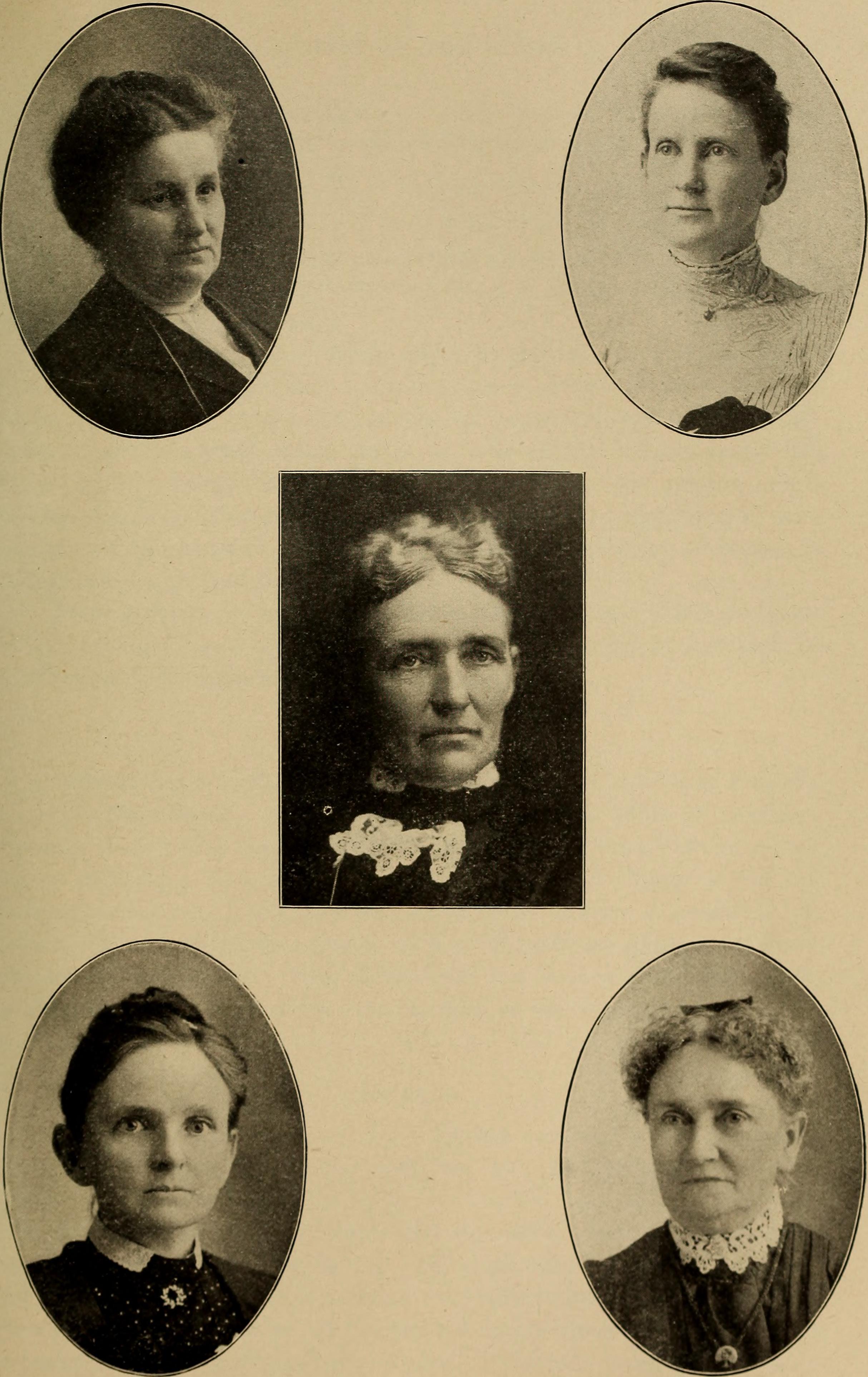
The seeds of Prohibition were planted decades before the 18th Amendment became law, rooted in a powerful temperance movement that swept across America in the late 1800s. Organizations like the Woman’s Christian Temperance Union, founded in 1874, and the Anti-Saloon League, established in 1893, mobilized millions of Americans against alcohol consumption. These groups painted alcohol as the root of society’s problems, from domestic violence to poverty, creating a moral crusade that resonated deeply with religious communities. The movement gained particular strength among women, who often bore the brunt of alcohol-related domestic abuse and had limited legal recourse. By 1916, 23 states had already enacted some form of prohibition laws, setting the stage for a nationwide ban that seemed inevitable.
World War I Accelerates the Push for Prohibition
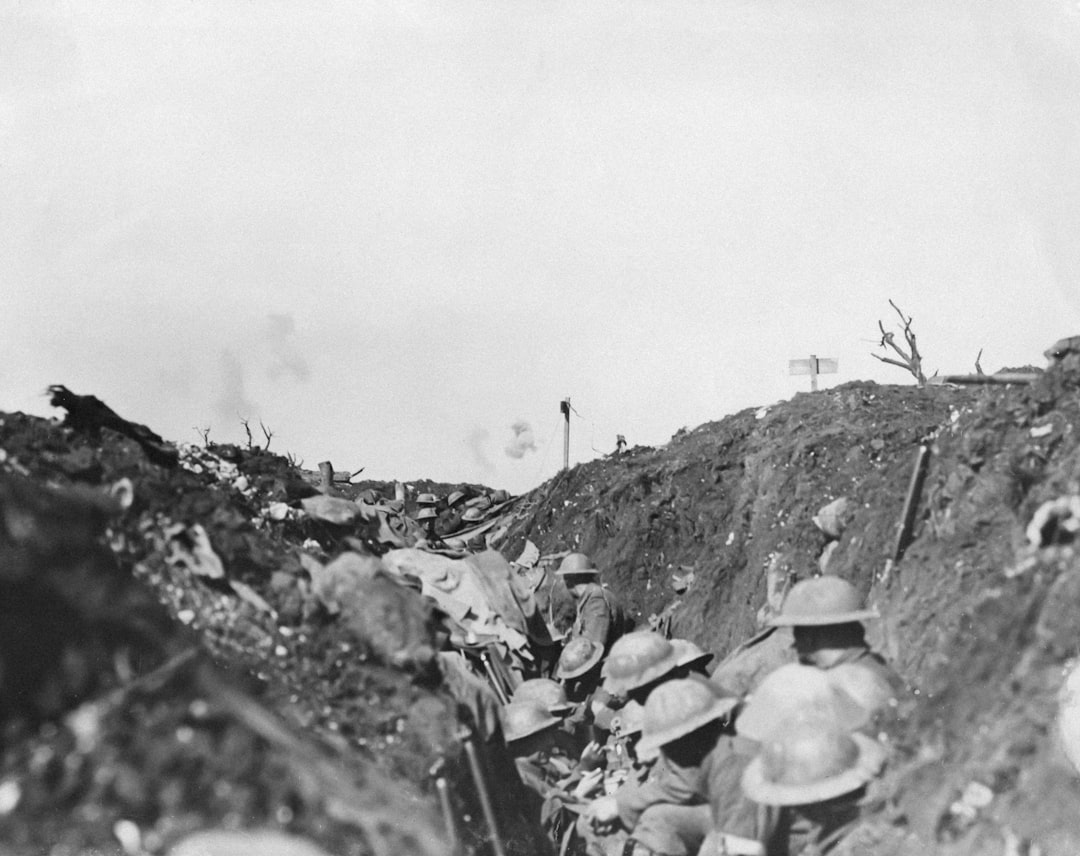
The outbreak of World War I in 1914 provided temperance advocates with powerful new arguments that would prove decisive in their campaign. Anti-German sentiment ran high, and many prominent breweries were owned by German-Americans, making beer consumption seem almost unpatriotic. The war effort demanded grain conservation, and critics argued that using grains for alcohol production was wasteful when food was needed for soldiers and allies. According to historical records from the National Archives, Congress passed the Lever Food and Fuel Control Act in 1917, which restricted alcohol production to conserve resources. The war also created a moral imperative for sacrifice and discipline that temperance leaders skillfully exploited. By 1917, public opinion had shifted dramatically, with polls showing that a majority of Americans supported some form of alcohol restriction.
The 18th Amendment Becomes Law
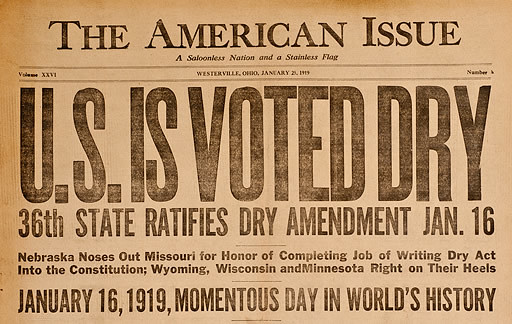
On January 16, 1919, the 18th Amendment to the Constitution was ratified, marking the beginning of what would become known as the “Noble Experiment.” The amendment prohibited the manufacture, sale, and transportation of intoxicating liquors, though it notably didn’t ban consumption itself. The Volstead Act, passed later that year, defined “intoxicating liquors” as any beverage containing more than 0.5% alcohol by volume, effectively banning beer and wine alongside hard liquor. President Woodrow Wilson vetoed the Volstead Act, but Congress overrode his veto with overwhelming support from both parties. The law went into effect on January 17, 1920, at 12:01 AM, officially beginning the era of Prohibition. Temperance advocates celebrated what they believed would be the dawn of a new, morally superior America.
Early Enforcement Challenges Emerge
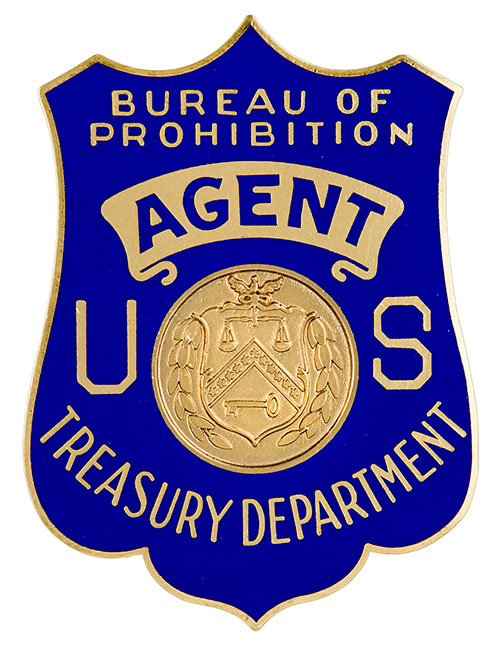
Almost immediately after Prohibition took effect, it became clear that enforcement would be far more difficult than lawmakers had anticipated. The federal government allocated only $2.2 million for enforcement in 1920, according to Treasury Department records, a laughably small amount for policing a nation of 106 million people. The Bureau of Prohibition employed just 1,520 agents to cover the entire United States, meaning each agent was responsible for monitoring roughly 70,000 citizens. Corruption plagued the enforcement efforts from the start, with agents frequently bribed by bootleggers and speakeasy owners. Many local police departments and judges were reluctant to enforce federal prohibition laws, viewing them as an overreach of federal power. The vast coastlines and borders made smuggling relatively easy, while the public’s continued desire for alcohol created a massive black market almost overnight.
The Speakeasy Culture Flourishes
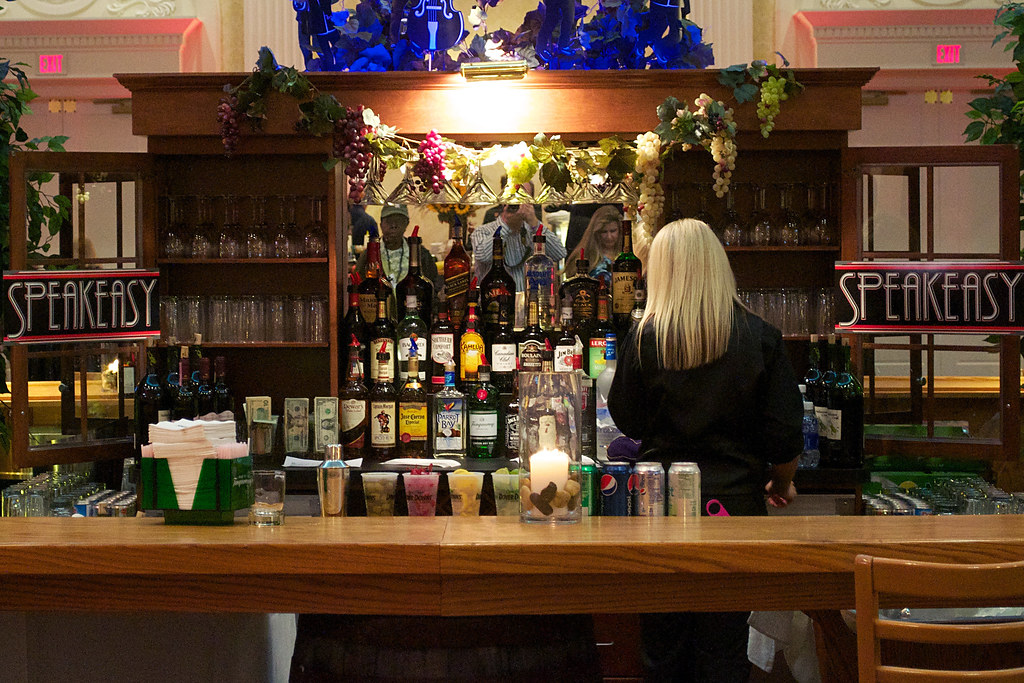
Rather than eliminating drinking, Prohibition drove it underground, giving birth to the speakeasy culture that would define the 1920s. These illegal drinking establishments, estimated to number around 32,000 in New York City alone by 1929, became centers of social life and cultural rebellion. The password-protected bars attracted people from all social classes, breaking down traditional barriers in ways that legal saloons never had. Jazz music flourished in these venues, with legendary performers like Duke Ellington and Louis Armstrong finding regular work in speakeasies. The culture of secrecy and excitement surrounding these establishments made drinking seem more glamorous and rebellious than it had before Prohibition. Many speakeasies served higher-quality alcohol than pre-Prohibition saloons, as wealthy patrons demanded better products and were willing to pay premium prices.
Bootlegging Becomes Big Business
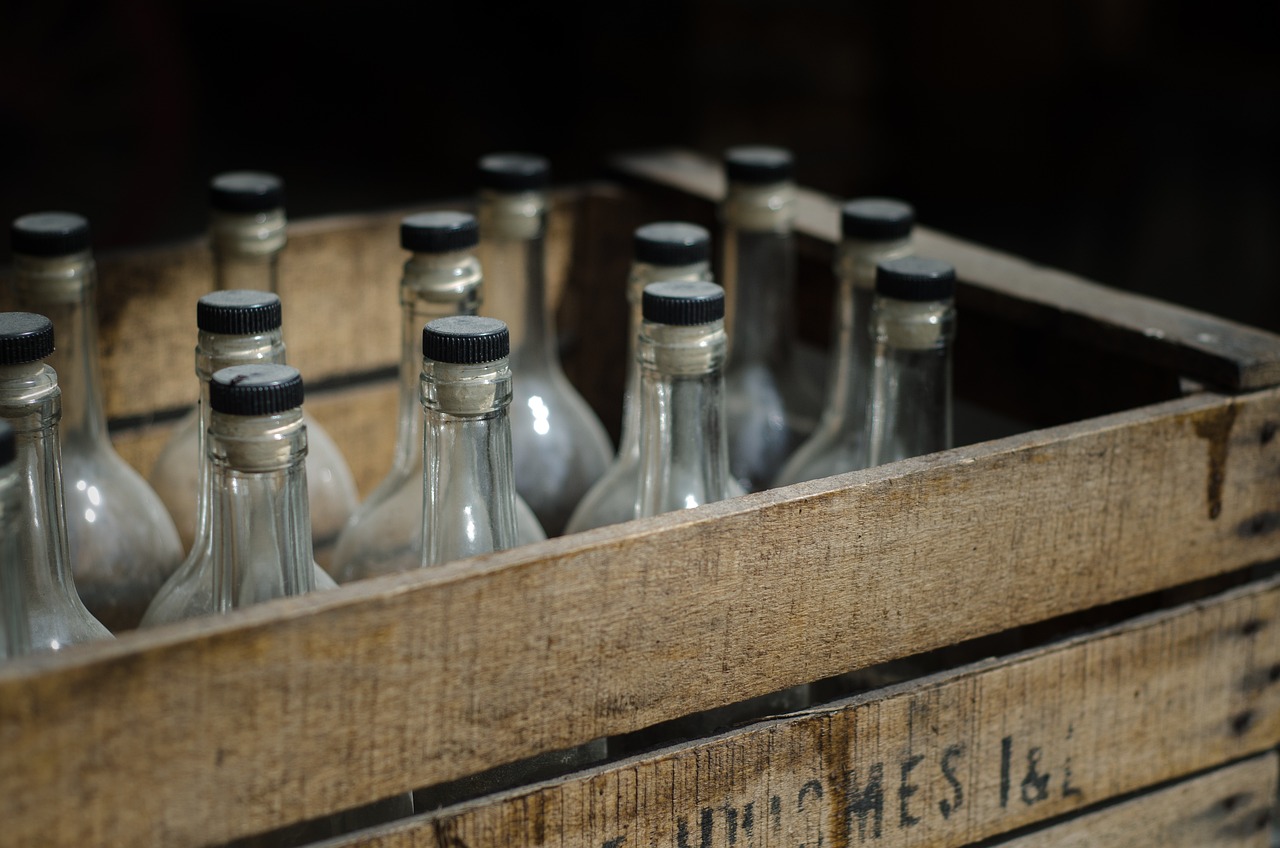
The illegal alcohol trade transformed from small-scale operations into sophisticated criminal enterprises worth billions of dollars. Bootleggers developed elaborate supply chains, from rum-runners bringing alcohol from Canada and the Caribbean to moonshiners producing spirits in hidden distilleries across rural America. The profits were staggering – a case of whiskey that cost $4 to produce could sell for $40 or more in cities, according to economic historians. Some bootleggers became folk heroes, like Bill McCoy, whose high-quality smuggled liquor gave rise to the phrase “the real McCoy.” The business attracted entrepreneurs from legitimate industries, including future Kennedy family patriarch Joseph P. Kennedy Sr., who allegedly made millions in the liquor trade. By the mid-1920s, the illegal alcohol industry employed an estimated 500,000 people nationwide, creating an entire shadow economy.
Organized Crime Seizes Control
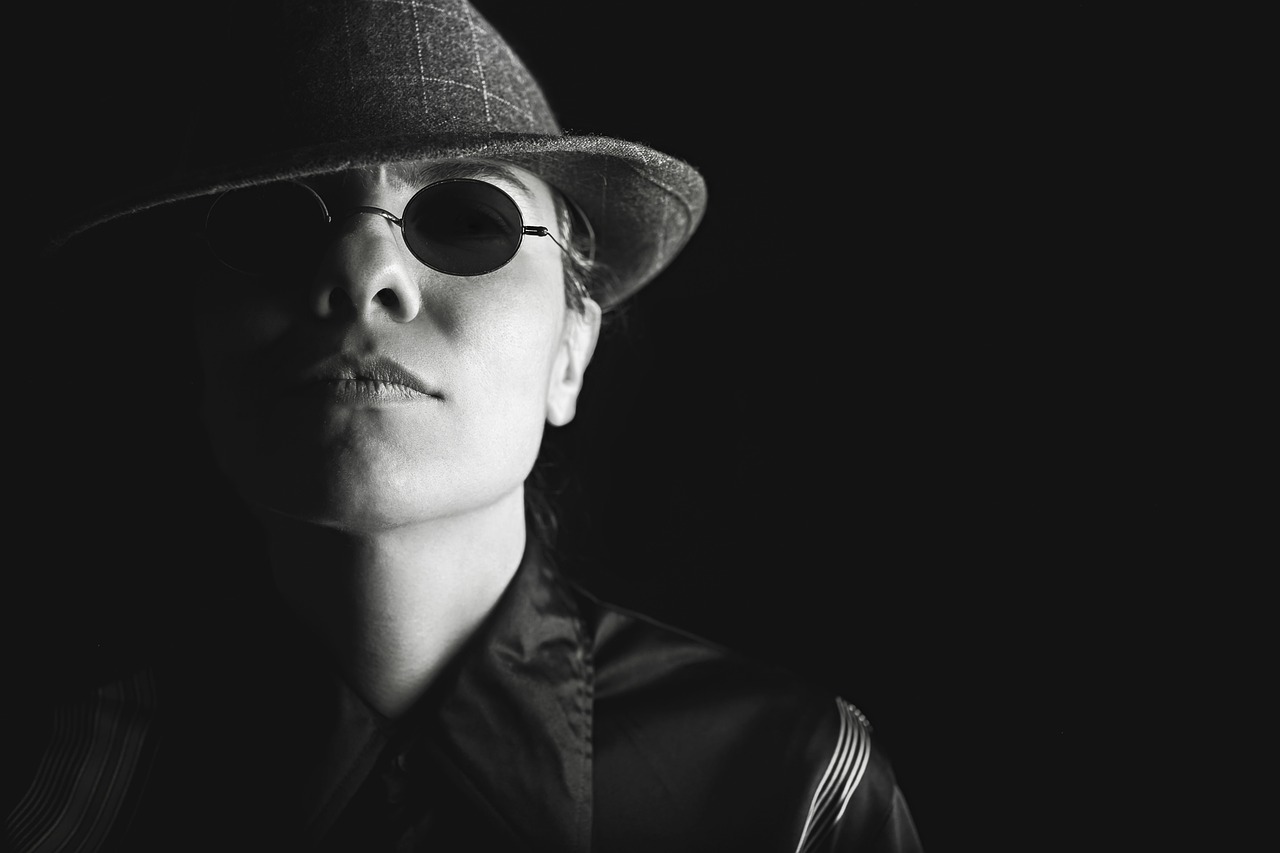
The massive profits available in illegal alcohol inevitably attracted organized crime syndicates, who had the resources and ruthlessness to dominate the trade. Al Capone’s Chicago Outfit became the most notorious example, generating an estimated $60 million annually from bootlegging operations by 1927. These criminal organizations corrupted entire city governments, with Chicago’s mayor Big Bill Thompson allegedly receiving $260,000 annually from Capone’s organization. The competition between rival gangs led to unprecedented levels of violence, with Chicago experiencing 729 gang-related murders between 1920 and 1930. The St. Valentine’s Day Massacre of 1929, where seven members of the Bugs Moran gang were gunned down by Capone’s men, shocked the nation and demonstrated how Prohibition had empowered criminal organizations. Federal authorities struggled to combat these well-funded and heavily armed criminal enterprises, which often had better equipment and intelligence than law enforcement.
Public Health Consequences Mount
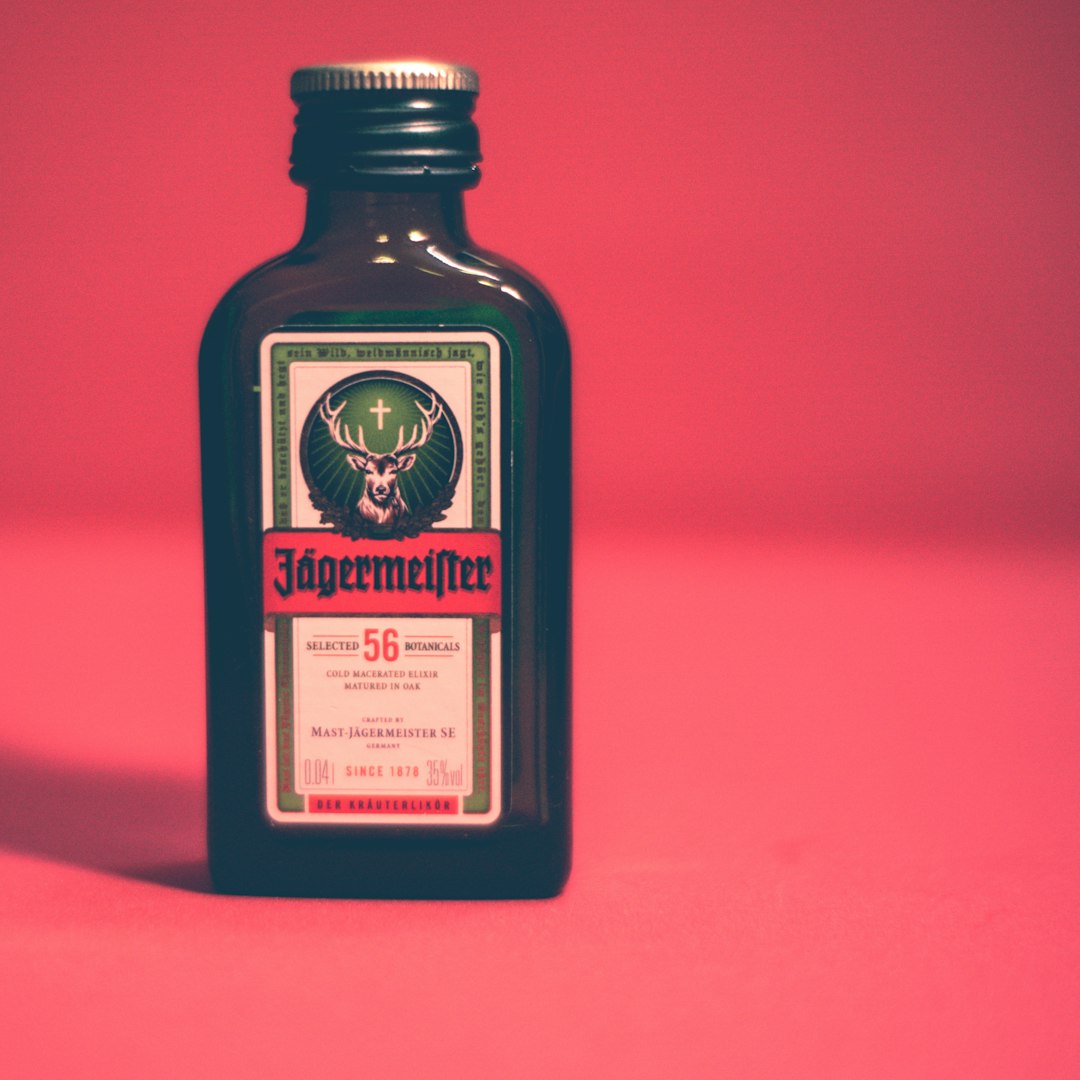
Rather than improving public health as temperance advocates had promised, Prohibition created new and dangerous health problems. Industrial alcohol, denatured with poisonous chemicals to prevent consumption, was often redistilled by bootleggers who couldn’t always remove the toxic additives. The Treasury Department’s own records show that approximately 10,000 people died from poisoned alcohol during Prohibition, with many more suffering permanent blindness or organ damage. Unregulated moonshine and bathtub gin varied wildly in quality and potency, leading to numerous cases of alcohol poisoning. The lack of quality control meant that drinkers never knew what they were consuming, unlike the regulated alcohol industry that had existed before 1920. Medical professionals increasingly spoke out against Prohibition, noting that alcohol-related deaths had actually increased rather than decreased under the new law.
Economic Impact on Government Revenue

The economic costs of Prohibition extended far beyond enforcement expenses, creating a massive loss of tax revenue just as the country entered the Great Depression. Before Prohibition, alcohol taxes had provided approximately $500 million annually to federal coffers, equivalent to about $7 billion in today’s dollars. State and local governments also lost significant revenue from license fees and local alcohol taxes that had funded public services. The federal government spent an estimated $300 million on enforcement efforts between 1920 and 1930, according to Treasury Department calculations. Meanwhile, the illegal alcohol trade generated billions in untaxed revenue for criminals while legitimate businesses suffered from lost sales and jobs. By 1930, with unemployment rising and government revenues falling, the economic argument for repealing Prohibition became increasingly compelling to politicians and voters alike.
The Wickersham Commission Reports
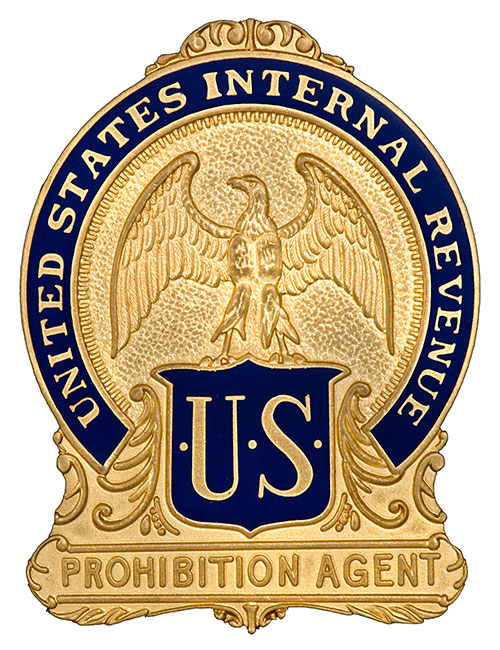
In 1929, President Herbert Hoover appointed the National Commission on Law Observance and Enforcement, known as the Wickersham Commission, to study the effectiveness of Prohibition enforcement. The commission’s 1931 report delivered a devastating assessment of the Noble Experiment, documenting widespread corruption, ineffective enforcement, and the growth of organized crime. The report revealed that many federal agents were poorly trained and inadequately paid, making them vulnerable to bribery from well-funded criminal organizations. It also documented how Prohibition had overloaded the federal court system, with alcohol-related cases consuming 65% of all federal court time by 1930. The commission found that public respect for law had declined significantly, as millions of otherwise law-abiding citizens regularly violated federal law. Although the commission stopped short of recommending repeal, its findings provided ammunition for anti-Prohibition activists and politicians.
The Great Depression Changes Everything
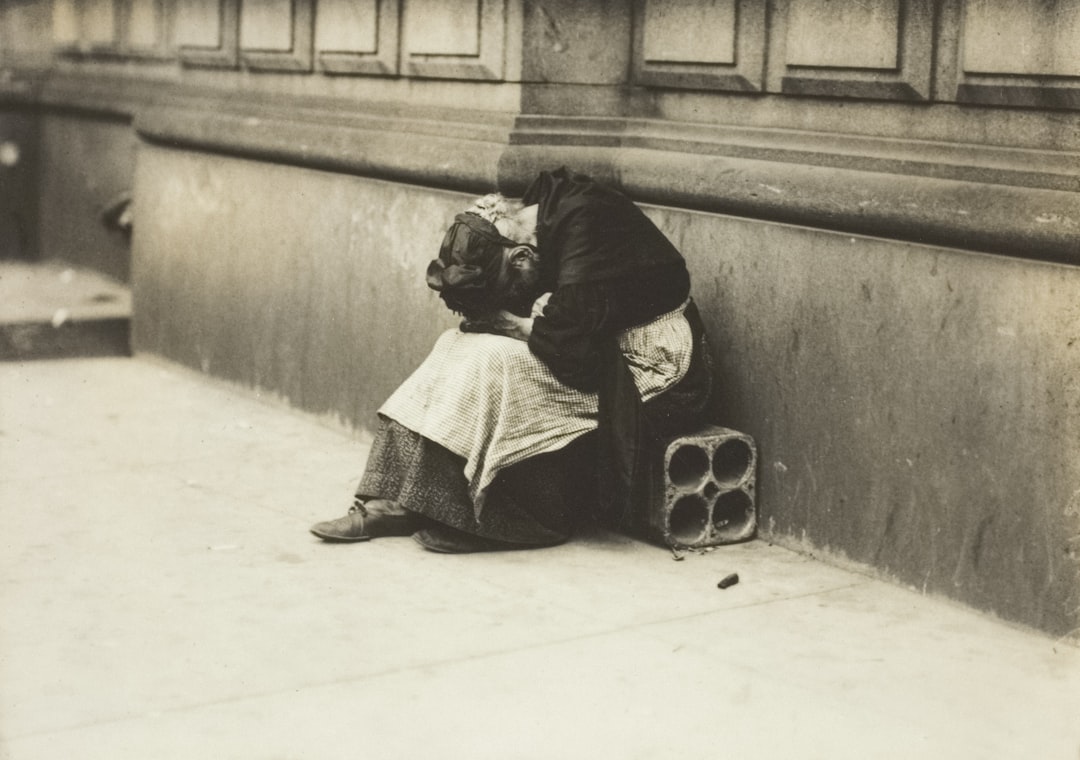
The stock market crash of 1929 and the subsequent Great Depression fundamentally altered the political landscape around Prohibition. With unemployment reaching 25% by 1933 and government revenues plummeting, the economic arguments for repeal became overwhelming. The legal alcohol industry could provide thousands of jobs and millions in tax revenue at a time when both were desperately needed. Franklin D. Roosevelt campaigned for president in 1932 on a platform that included repealing Prohibition, recognizing that public opinion had shifted dramatically. The Association Against the Prohibition Amendment, led by wealthy industrialists like Pierre du Pont, argued that alcohol taxes could help balance government budgets without raising income taxes. Even former Prohibition supporters began to acknowledge that the law had failed to achieve its goals while creating new problems. The economic crisis provided the final push needed to end America’s experiment with constitutional prohibition.
The 21st Amendment Ends Prohibition
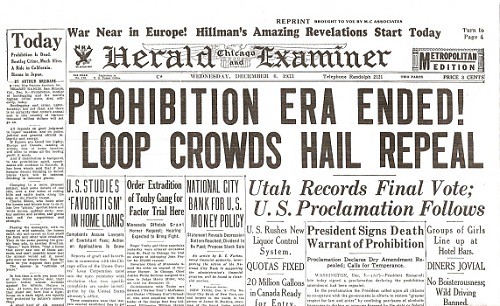
On December 5, 1933, the 21st Amendment was ratified, officially repealing the 18th Amendment and ending Prohibition after 13 years, 10 months, and 19 days. The amendment was unique in American history as the only constitutional amendment to repeal a previous amendment, and it was ratified through state conventions rather than state legislatures. Utah became the 36th state to ratify the amendment, providing the three-fourths majority needed for passage. President Roosevelt signed the Cullen-Harrison Act earlier that year, which legalized beer and wine with up to 3.2% alcohol content, providing a preview of full repeal. The end of Prohibition was celebrated across the country, with legal bars and liquor stores reopening for the first time in over a decade. However, the amendment allowed individual states to remain dry if they chose, and several states maintained prohibition laws for years or even decades after federal repeal.
Long-term Consequences and Lessons
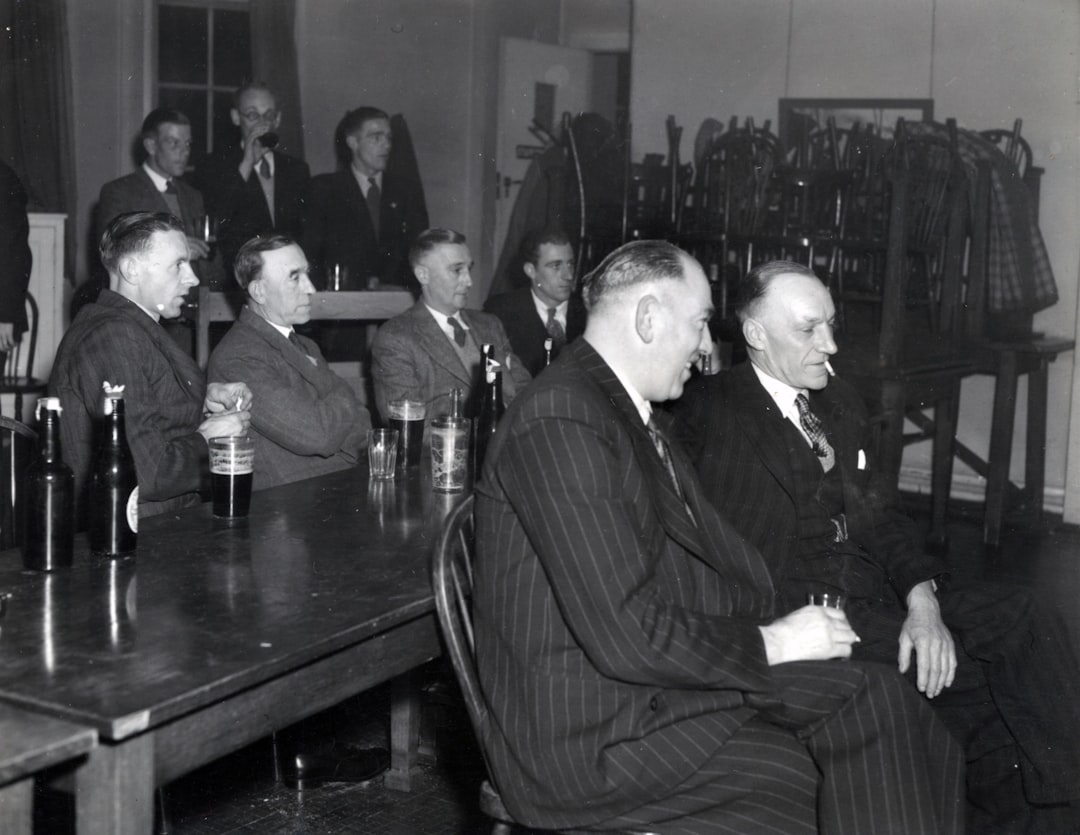
The legacy of Prohibition extended far beyond 1933, fundamentally changing American attitudes toward government regulation and civil liberties. The period demonstrated the limits of federal power in regulating personal behavior and the unintended consequences of well-intentioned legislation. Organized crime syndicates that gained power during Prohibition continued to influence American society for decades, with families like the Genoveses and Gambinos tracing their rise to bootlegging profits. The period also established important legal precedents about federal versus state authority, with the 21st Amendment specifically reserving regulation of alcohol to individual states. Modern drug policy debates frequently reference Prohibition as an example of how banning popular substances can create more problems than they solve. The period remains a cautionary tale about the dangers of moral legislation and the difficulty of enforcing laws that lack broad public support.

